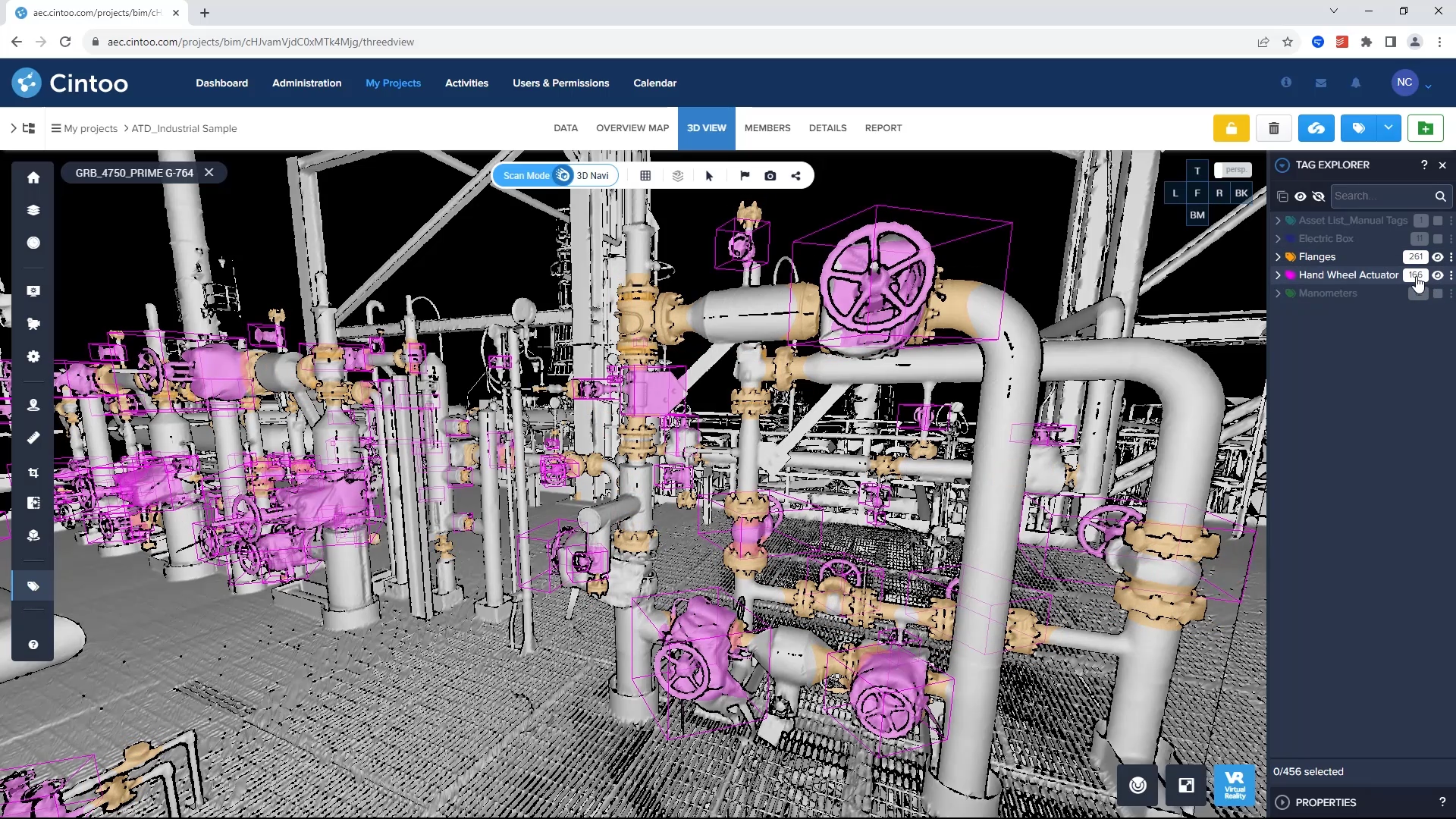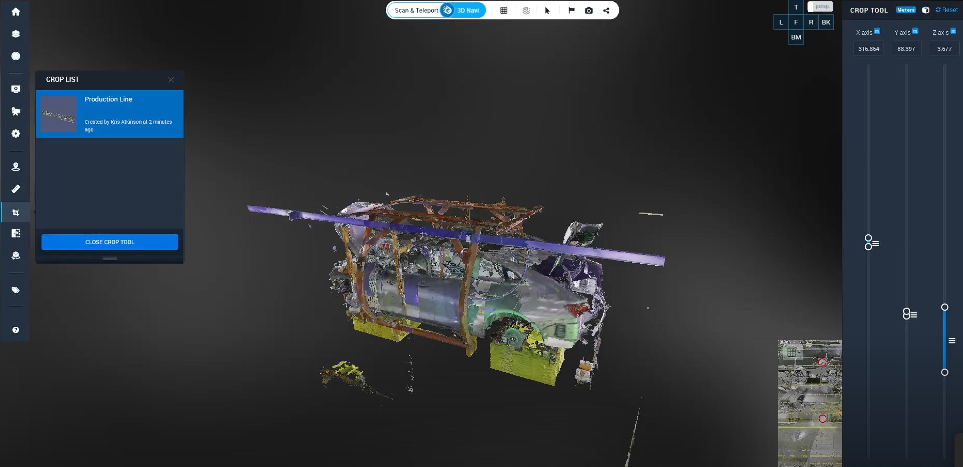
Why 3D Scanning is the Missing Link in Automotive Supplier Collaboration
In the fast-paced world of automotive manufacturing, precision, efficiency, and collaboration are paramount. As vehicle designs grow increasingly complex and supply chains span the globe, the need for seamless communication between automotive manufacturers and suppliers has never been more critical. 3D scanning is emerging as the transformative technology bridging this gap, streamlining collaboration, and driving innovation in the automotive industry.
The Evolution of Automotive Manufacturing Collaboration
The automotive manufacturing landscape has evolved significantly over the past few decades. The traditional model of isolated design and production processes has been replaced by a more interconnected, global supply chain. Today, automotive manufacturers work closely with a network of suppliers to source everything from individual components to complex assemblies.
However, this increased complexity presents significant challenges, particularly in terms of communication and coordination. Inaccurate measurements, design discrepancies, and misaligned components can lead to costly delays, product recalls, and reduced profitability. This is where 3D scanning technology comes into play.
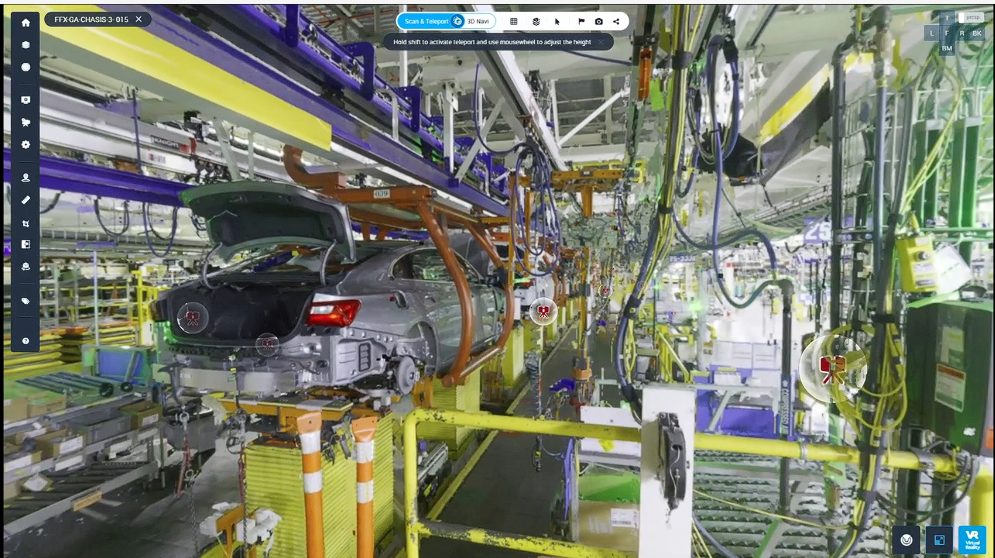
How 3D Scanning Enhances Supplier Collaboration
Accurate and Consistent Measurements
3D scanning provides highly accurate and consistent measurements, capturing complex geometries and intricate details with precision. This level of accuracy ensures that all stakeholders—whether they are OEMs, Tier 1 suppliers, or component manufacturers—are working with the same set of data. By eliminating discrepancies in measurements, 3D scanning significantly reduces the risk of misaligned parts and costly reworks.
Streamlined Quality Control and Inspection
In the automotive industry, maintaining stringent quality standards is non-negotiable. 3D scanning enables rapid and accurate inspection of parts, ensuring they conform to design specifications. By integrating 3D scanning in quality control, suppliers can identify deviations early, facilitating quicker feedback loops and more effective problem-solving. This not only improves product quality but also strengthens supplier relationships.
Enhanced Reverse Engineering Capabilities
3D scanning plays a crucial role in reverse engineering, allowing suppliers to capture detailed digital representations of existing parts. This is particularly beneficial when working with legacy components or when optimizing designs for improved performance. The digital twins created through 3D scanning enable suppliers to collaborate more effectively with automotive manufacturers, ensuring compatibility and accelerating product development cycles.
Virtual Assembly and Simulation
One of the most significant advantages of 3D scanning is its ability to support virtual assembly and simulation. By creating digital models of components, automotive manufacturers and suppliers can simulate assembly processes, identify potential issues, and optimize workflows before physical production begins. This virtual validation reduces prototyping costs and minimizes the risk of assembly errors, enhancing overall supply chain efficiency.

Overcoming Traditional Collaboration Challenges
Traditional methods of communication and collaboration, such as 2D drawings and physical prototypes, are often prone to misinterpretation and errors. They also require significant time and resources, leading to delays and increased costs. 3D scanning addresses these challenges by providing a digital, shareable, and interactive platform for collaboration.
Real-Time Data Sharing: Cloud-based platforms for 3D scanning data enable real-time sharing and collaboration across geographically dispersed teams. This ensures that all stakeholders have access to the most up-to-date design information.
Improved Communication: Detailed 3D models and visualizations enhance communication, reducing misunderstandings and minimizing the need for lengthy explanations.
Faster Design Iterations: By leveraging 3D scanning data, design teams can iterate faster and make informed decisions, speeding up the overall product development process.
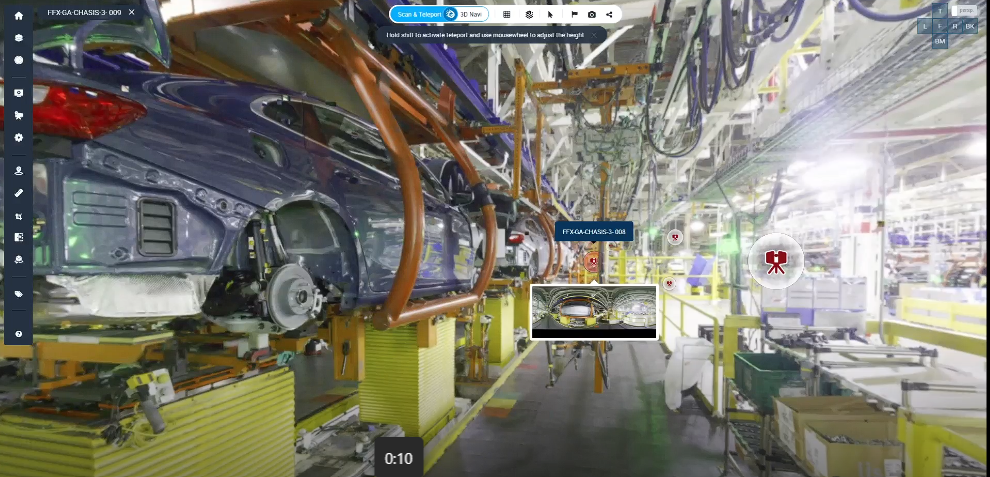
Cintoo’s cutting-edge solutions transform raw point cloud data into cloud-compatible 3D models, enhancing collaboration and accessibility for automotive manufacturers. By converting massive laser scan files into high-resolution 3D meshes, Cintoo enables teams to visualize, share, and collaborate on digital twins from anywhere. Its platform ensures precise alignment between as-built conditions and design models, reducing costly reworks and streamlining quality control.
Cintoo’s cloud-based platform is revolutionizing 3D scanning in automotive manufacturing by enabling seamless collaboration through point cloud data. At General Motors, Cintoo’s technology has “democratized point cloud data,” allowing engineers across global locations to access and utilize laser scan data efficiently. This capability enhances communication between teams, reduces misalignments, and accelerates decision-making processes, ultimately driving productivity and innovation on factory floors.
By comparing as-installed conditions with design models, Cintoo helps automotive manufacturers maintain accuracy and prevent costly reworks, embedding precision into everyday workflows. As John Brown from GM notes, this approach “eliminates surprises completely,” showcasing how 3D scanning integrated with Cintoo’s platform streamlines supplier collaboration.
To read more about how General Motors leverages Cintoo’s technology, visit the full customer story here.
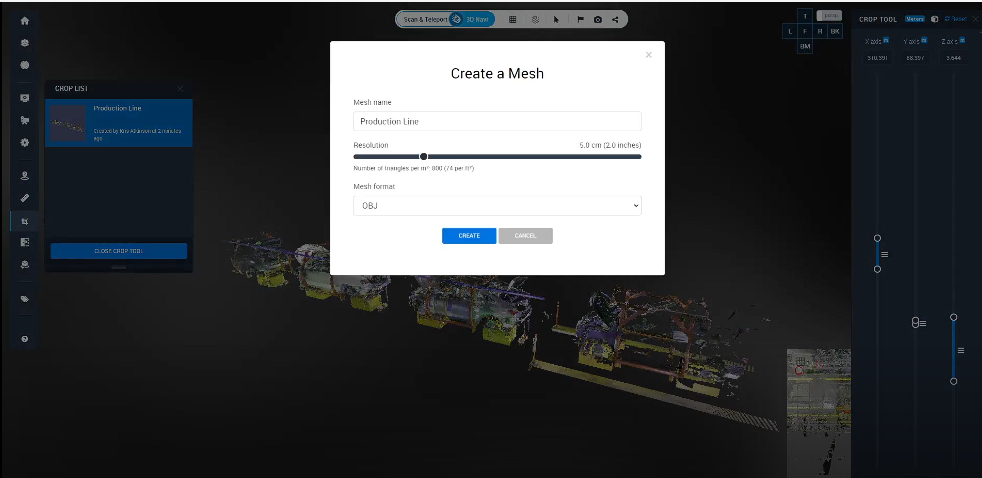
The Future of 3D Scanning in Automotive Manufacturing
The adoption of 3D scanning in automotive manufacturing is on the rise, driven by the growing demand for customization, precision, and faster time-to-market. As the industry moves towards digital transformation and smart manufacturing, 3D scanning will play an increasingly important role in enabling collaborative, data-driven decision-making.
Moreover, the integration of 3D scanning with emerging technologies such as augmented reality (AR), virtual reality (VR), and artificial intelligence (AI) will further revolutionize supplier collaboration, paving the way for more intelligent and adaptive manufacturing processes.
3D scanning is no longer just a tool for capturing physical dimensions—it’s a catalyst for change in the automotive manufacturing industry. By enhancing accuracy, streamlining quality control, enabling virtual assembly, and fostering seamless communication, 3D scanning is bridging the gap between automotive manufacturers and suppliers.
As the automotive industry continues to evolve, companies that embrace 3D scanning technology will be better positioned to enhance supplier collaboration, reduce costs, and maintain a competitive edge. The time to leverage this transformative technology is now.
